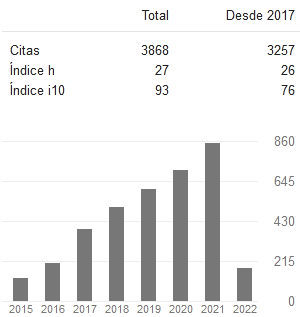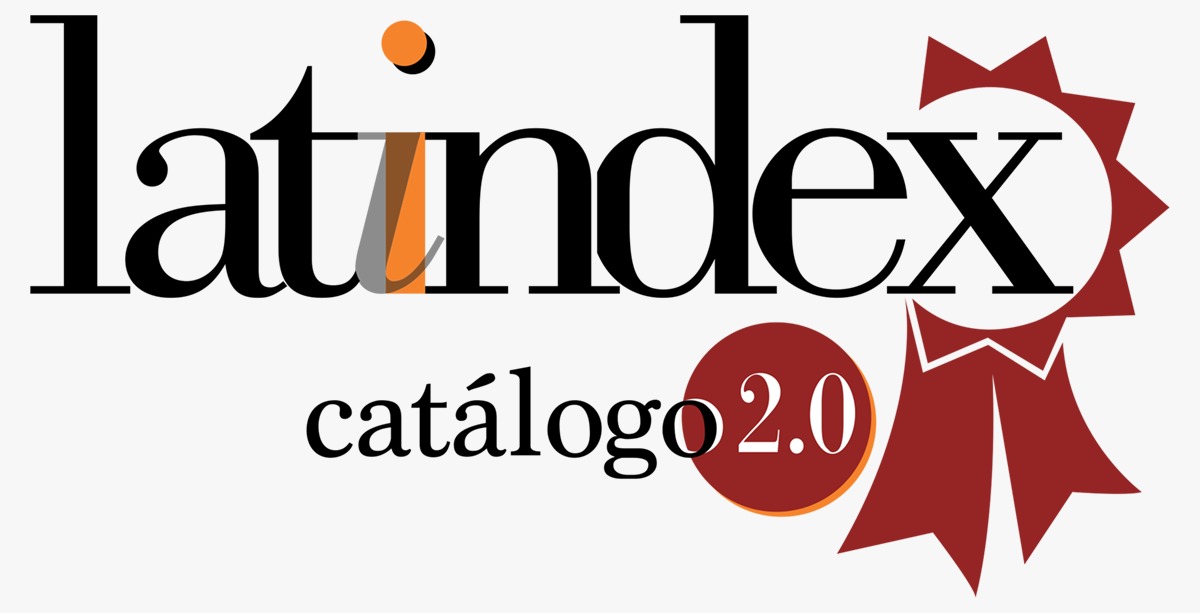Application of the Common European Framework Reference in the teaching-learning process of foreign languages
Keywords:
Common European Framework of Reference, foreign language, teaching, learningAbstract
In the 2016-2017 academic year, as part of the policy of the Ministry of Higher Education in Cuba, the teaching of English was aligned to the Common European Framework of Reference (CEFR). However, these transformations in the teaching-learning of the English language require serious evolutions in the didactic and institutional order. This study aimed at investigating the opinions of foreign language teachers at the University of Las Tunas about the CEFR and its application in their classrooms. The findings indicated that foreign language teachers at the University of Las Tunas had a reasonably good understanding of the CEFR, particularly in the domains of assessment and the reference levels of language proficiency. In contrast, other aspects, such as a lower knowledge of the action-oriented approach, the abstraction of the CEFR descriptors and the low linguistic skills of some foreign language teachers were reported as inadequacies that undermine the implementation of the CEFR and its application in language teaching and learning. Finally, the current study further suggests that training programs related to the CEFR are necessary for foreign language teachers at the University of Las Tunas, to generate a more practical impact on classroom teaching.
Downloads
References
Alberteris, O., Rodríguez, M., Cañizares., V. (2018). Desafíos didácticos de la enseñanza-aprendizaje de las lenguas extranjeras en el contexto universitario cubano. Didasc@lia: Didáctica y Educación, 9(6), 303-329.
Broek, S., & Ende, I. (2013). The implementation of the Common European Framework for languages in European education systems (pp. 9-76). Brussels: Policy Department B: Structural and Cohesion Policies European Parliament.
Byrnes, H. (2007). Developing national language education policies: Reflections on the CEFR. The Modern Language Journal, 91(4), 679-685. http://dx.doi.org/10.1111/j.1540-4781.2007.00627_10.x
Carvajal, F. L., Casar Espino, L. A. y Patterson Peña, M. (2022). Linguistic pedagogy promoted by the Common European Framework of Reference for Languages: implication of interactional feedback. Universidad de las Ciencias Informáticas, La Habana, Cuba.
Consejo de Europa. (2020). Marco común europeo de referencia para las lenguas: aprendizaje, enseñanza, evaluación. Volumen complementario. Servicio de publicaciones del Consejo de Europa: Estrasburgo. www.coe.int/lang-cefr.
Council of Europe. (2001). The Common European Framework of Reference for languages: Learning, teaching, assessment. Cambridge University Press.
Council of Europe (2005). Survey on the use of the Common European Framework of Reference for Languages (CEFR): Synthesis of results (pp. 2-8). Council of Europe. http://www.coe.int/t/dg4/linguistic/Source/Surveyresults.pdf
Eckes, T., Ellis, M., Kalnberzina, V., Pižorn, K., Springer, C., Szollás, K., &Tsagari, C. (2005). Progress and problems in reforming public language examinations in Europe: Cameos from the Baltic States, Greece, Hungary, Poland, Slovenia, France and Germany. Language Testing, 22(3), 355-377. http://dx.doi.org/10.1191/0265532205lt313oa
Figueras, N., O’Sullivan, B., Saville, N., Taylor, L., Little, D. (2022). Aligning language education with the CEFR: a handbook. British Council, UKALTA, EALTA and ALTE.
Figueras, N. (2012). The impact of the CEFR. ELT Journal, 66(4), 477-485. http://dx.doi.org/10.1093/elt/ccs037
Figueras, N., North, B., Takala, S., Verhelst, N., & Van Avermaet, P. (2005). Relating examinations to the Common European Framework: A manual. Language Testing, 22(3), 261-279. http://dx.doi.org/10.1191/0265532205lt308oa
Franz, J., & Teo, A. (2017). ‘A2 is Normal’ – Thai secondary school English teachers’ encounters with the CEFR. RELC Journal, 49(3), 322-338.
Fulcher, G. (2004). Deluded by artifices? The Common European Framework and harmonization. Language Assessment Quarterly, 1(4), 253-266.
Fulcher, G. (2010). Practical language testing. Hodder Education.
Green, A. (2012). Language functions revisited: Theoretical and empirical bases for languages construct definitions across the ability range, English profile Volume 2. Cambridge University Press.
Komorowska, H. (2004). The CEFR in course design and in teacher education. In K. Morrow, Insights from the Common European Framework (pp. 55-64). Oxford University Press.
Little, D. (2007). The Common European Framework of Reference for Languages: Perspectives on the making of supranational language education policy. The Modern Language Journal, 91(4), 645-655. http://dx.doi.org/10.1111/j.1540-4781.2007.00627_2.x
North, B. (2007). The CEFR illustrative descriptors scales. The Modern Language Journal, 91(4), pp. 656-659. http://dx.doi.org/10.1111/j.1540-4781.2007.00627_3.x
North, B. (2009). A profiling grid for language teachers. European Association for Quality Language Services. http://citeseerx.ist.psu.edu/viewdoc/download?doi=10.1.1.467.6058&rep=rep1&type=pdf
North, B. (2014). The CEFR in practice. Cambridge University Press.
North, B. (2020). The CEFR renewed: inspiring the future of language education. Italiano LinguaDUe, 12(1).
North, B. (2020). The development of a common framework scale of language proficiency, Peter Lang, Berne.
O’Sullivan, B., & Weir, C. (2011). Test development and validation. In B. O’Sullivan & C. Weir, Language testing: Theories and practice, palgrave advances in linguistics (pp. 13-32). Palgrave Macmillan.
Read, J. (2019). The influence of the Common European Framework of Reference (CEFR) in the Asia-Pacific region. LEARN Journal: Language Education and Acquisition Research Network Journal, 12(1), 12-18.
Simcoe Muskoka Catholic District School Board. (2015). The New French - CEFR. https://www.smcdsb.on.ca/programs/french_as_a_second_language/the_new_french_cefr
Valax, P. (2011). The Common European Framework of Reference for Languages: A critical analysis of its impact on a sample of teachers and curricula within and beyond Europe [Doctoral dissertation - University of Waikato].
Van den Branden, K. (2009). Diffusion and implementation of innovations. In M. Long & C. Doughty, The handbook of language teaching (pp. 659-672). Hoboken, NJ: Wiley-Blackwell.
Van Huy, N., & Hamid, M. (2015). Educational policy borrowing in a globalized world. English Teaching: Practices & Critique, 14(1), 60-74. http://dx.doi.org/http://dx.org/10.1108/etpc-02-2015-0014
Downloads
Published
How to Cite
Conference Proceedings Volume
Section
ARK
License
Copyright (c) 2024 Carlos Pineda Sánchez, Maria de la Caridad Smith Batson, Keyi Rondón Sánchez

This work is licensed under a Creative Commons Attribution 4.0 International License.
Usted es libre de:
- Compartir — copiar y redistribuir el material en cualquier medio o formato
- Adaptar — remezclar, transformar y construir a partir del material para cualquier propósito, incluso comercialmente.
Bajo los siguientes términos:
- Atribución — Usted debe dar crédito de manera adecuada, brindar un enlace a la licencia, e indicar si se han realizado cambios. Puede hacerlo en cualquier forma razonable, pero no de forma tal que sugiera que usted o su uso tienen el apoyo de la licenciante.
- No hay restricciones adicionales — No puede aplicar términos legales ni medidas tecnológicas que restrinjan legalmente a otras a hacer cualquier uso permitido por la licencia.













































